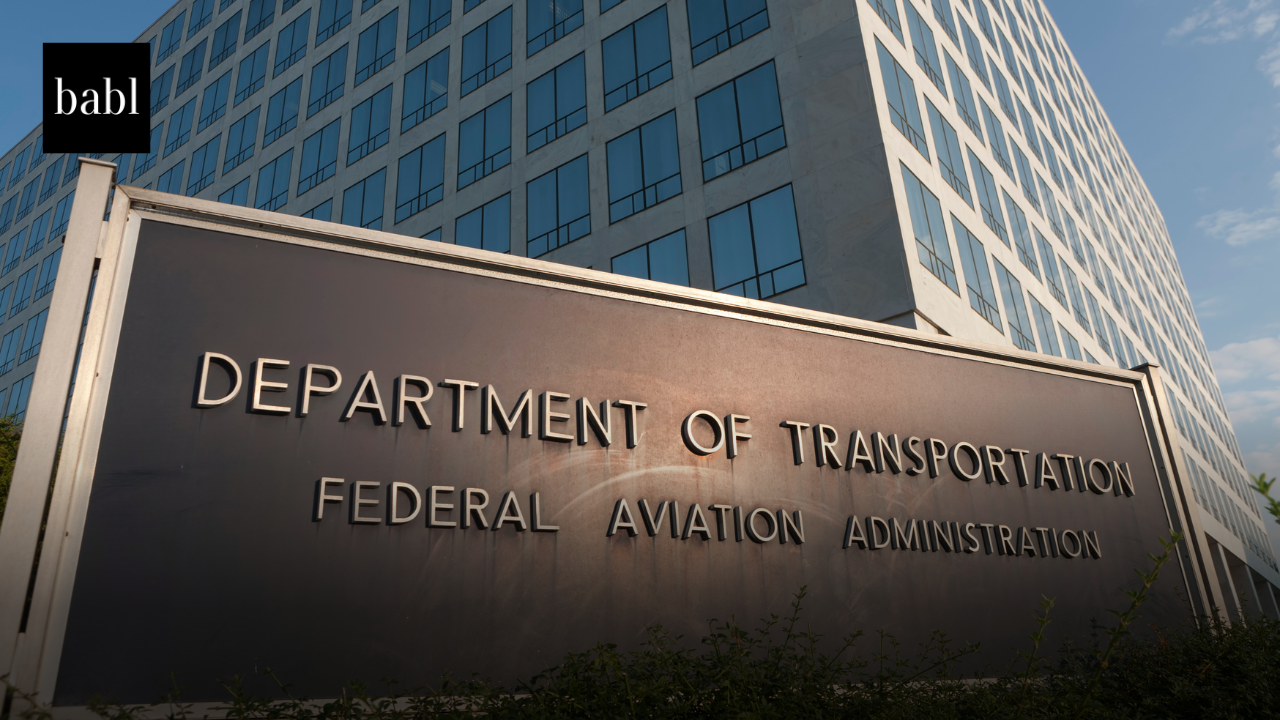The Federal Aviation Administration (FAA) has unveiled its “Roadmap for Artificial Intelligence Safety Assurance,” marking a significant step forward in establishing guidelines for integrating AI technology into the aviation sector. As AI systems increasingly permeate various aspects of aviation—from operational processes to aircraft systems—the traditional safety assurance methods are being challenged. Unlike conventional systems that are designed based on deterministic principles, AI systems often achieve their functionality through complex learning mechanisms. This shift demands a fresh approach to safety assurance, and the FAA’s roadmap outlines strategies to address these challenges while maximizing the safety benefits of AI in aviation.
Central to the roadmap is the principle of integrating AI into the existing aviation safety ecosystem. The FAA emphasizes that AI must work within the established safety requirements and processes that have governed the industry for decades. Rather than reinventing the wheel, the roadmap seeks to align AI innovations with proven safety practices, ensuring that AI applications not only comply with existing regulations but also enhance overall aviation safety.
A key aspect of the roadmap is its focus on maintaining a clear understanding of AI as a tool, rather than a human-like entity. The FAA cautions against personifying AI, a practice that can lead to confusion regarding responsibility and accountability. This is particularly crucial in safety-critical environments like aviation, where clarity about the roles and functions of both human operators and AI systems is essential.
Understanding Learned and Learning AI
The roadmap distinguishes between two categories of AI:
-
Learned AI: Systems trained before deployment that remain static once in operation.
-
Learning AI: Systems that continue adapting in real time based on new data.
Each type presents different safety challenges. Learned AI can be evaluated before use, while Learning AI requires continuous oversight to ensure it behaves as intended. The FAA calls for tailored assurance methods for both categories, supported by rigorous testing and documentation.
Incremental Adoption and Collaboration
The FAA recommends an incremental approach to AI adoption. Instead of rapid, large-scale deployment, the agency encourages limited use in low-risk environments first. This approach allows regulators and manufacturers to gather insights, refine safety methods, and gradually expand to more critical systems once confidence is established. Collaboration is central to the roadmap. The FAA will work with industry stakeholders, international regulators, and standards organizations to create harmonized global practices for AI safety. The goal is to establish shared standards that ensure AI applications are safe, consistent, and interoperable across the aviation industry.
Workforce Readiness and Research
Preparing the aviation workforce is another major focus. The FAA is recruiting AI specialists and forming a Community of Practice to train staff and share expertise. Continuous learning and cross-agency cooperation will be critical for effective oversight. The roadmap also identifies key research areas for AI safety, including:
-
Methods to evaluate and verify both static and evolving AI systems.
-
Using AI to improve risk analysis and predictive maintenance.
-
Enhancing testing and certification through data-driven insights.
These research priorities demonstrate the FAA’s dual goal of innovation and assurance—advancing AI’s potential while maintaining the sector’s impeccable safety record.
Need Help?
If you’re wondering how the FAA’s guidelines, or any other AI regulation or bill around the world, could impact you, don’t hesitate to reach out to BABL AI. Their Audit Experts are ready to provide valuable assistance while answering your questions and concerns.





